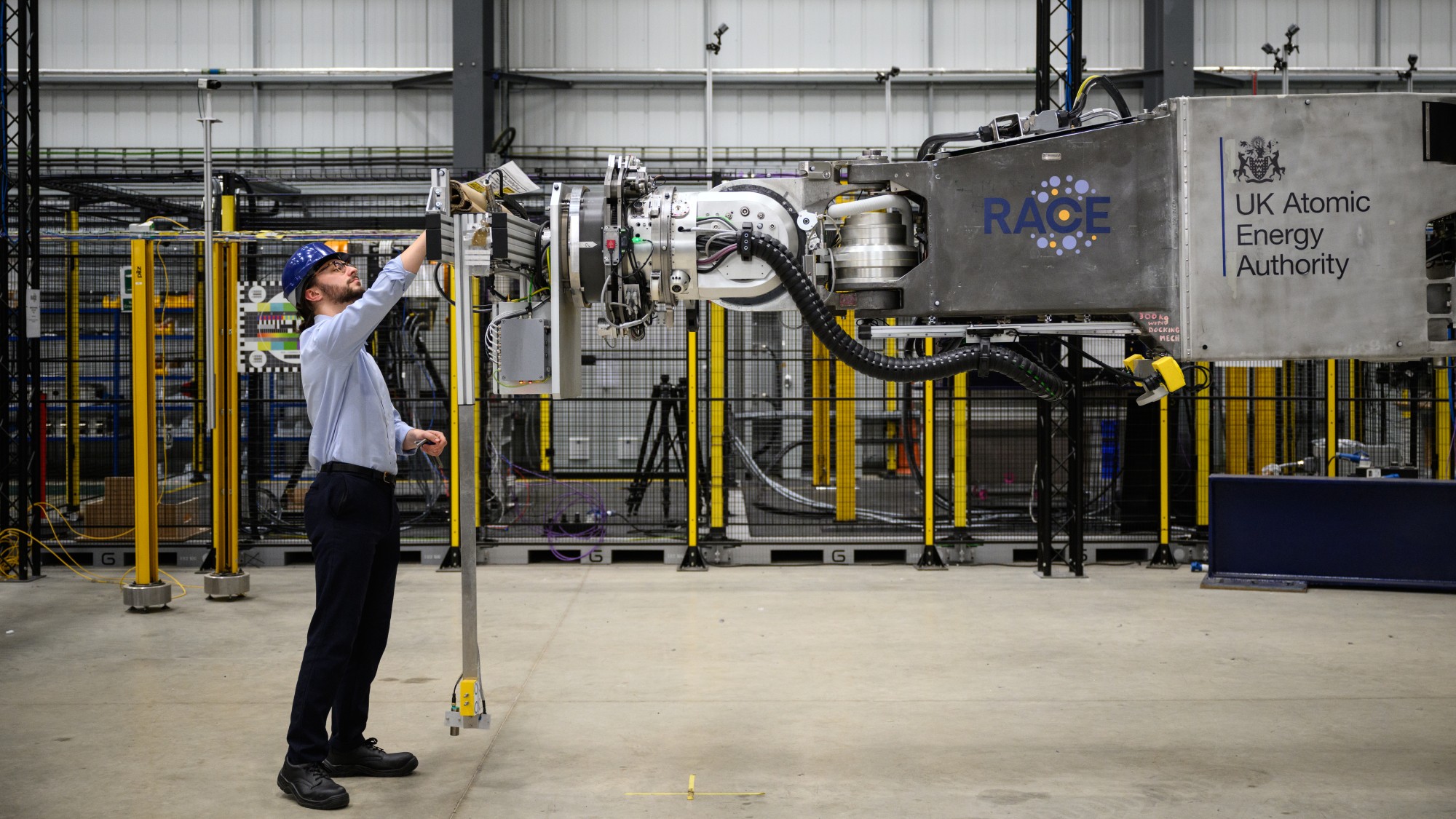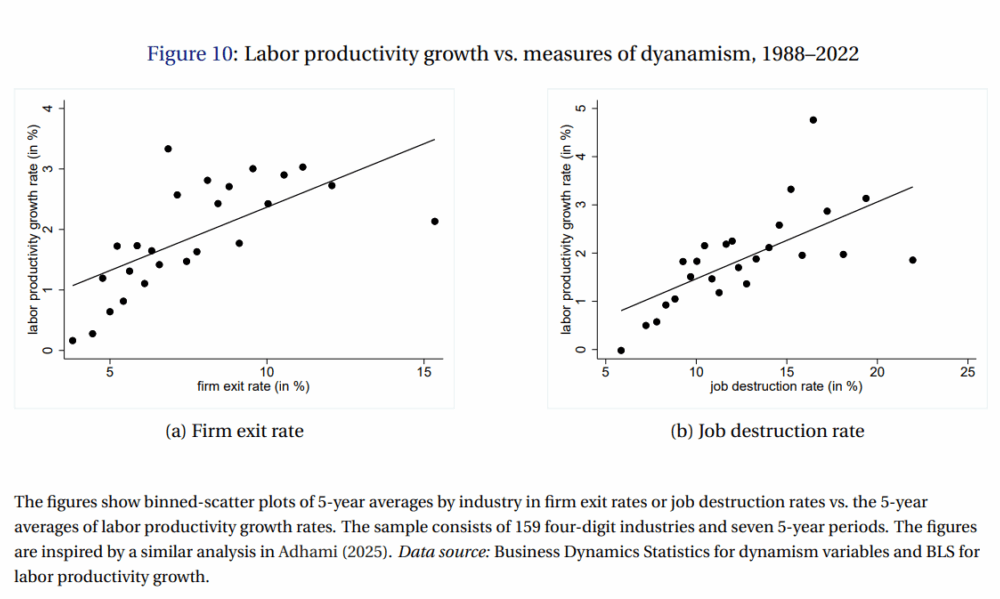Scientists are making significant strides in nuclear fusion, a process that could revolutionize energy production. Recent advancements in technology and increased funding from the tech industry have positioned fusion as a viable option for clean energy. The UK Atomic Energy Authority announced a major breakthrough last week, achieving stabilized fusion in a spherical tokamak for the first time. This development is seen as a significant step forward in fusion energy research.
Understanding Nuclear Fusion
Nuclear fusion differs fundamentally from nuclear fission, which involves splitting heavy atoms to release energy. In contrast, fusion merges light atoms, specifically hydrogen isotopes, at extremely high temperatures, creating plasma—a superheated, electrically charged gas. When the nuclei of these atoms collide with enough energy, they fuse together, producing helium and releasing a substantial amount of energy in the process. This reaction mirrors the processes that power stars, including our sun.
Fusion holds immense promise as a virtually limitless, carbon-free energy source. As noted by the Financial Times, a single glass of fusion fuel could generate enough energy to power a home for over 800 years. Unlike fission, fusion does not produce long-lived radioactive waste and eliminates the risk of catastrophic accidents like those seen at Chernobyl. Bill Gates highlighted the potential of fusion, stating, “If you know how to build a fusion power plant, you can have unlimited energy anywhere and forever.”
The Challenges and Future of Fusion Energy
Despite its potential, recreating the conditions necessary for nuclear fusion on Earth is fraught with challenges. Stars naturally achieve the extreme heat and pressure needed for fusion due to their massive gravitational forces. On Earth, scientists have struggled to replicate these conditions, and achieving controlled fusion for energy production has remained elusive since the first fusion experiments in the 1930s.
The first successful fusion machine, known as a tokamak, was developed by Soviet physicists in the 1950s. These doughnut-shaped devices use powerful magnets to heat and contain hydrogen plasma. For decades, no fusion experiment produced more energy than it consumed—until a breakthrough in December 2022 at the Lawrence Livermore National Laboratory in the United States, where researchers achieved a reaction that released more energy than was input.
Looking ahead, the world’s largest fusion experiment, the International Thermonuclear Experimental Reactor (ITER), is currently underway in France. This publicly funded initiative, backed by 33 countries, aims to demonstrate the feasibility of fusion on a large scale but is not expected to generate electricity before 2035. While ITER functions as a massive experiment, the private sector is also making significant progress in fusion development.
Fusion startups are increasingly attracting investment from tech companies eager to power their data centers. Companies like Commonwealth Fusion Systems aim to launch a nuclear fusion power plant by 2027, with plans to connect to the grid in the early 2030s. Additionally, several Chinese enterprises are in a race to develop commercial fusion reactors, targeting completion by 2035 or sooner.
Even if these ambitious timelines are met, widespread implementation of fusion power plants is not likely until the 2040s. Nevertheless, the excitement surrounding nuclear fusion reflects a growing consensus that it could play a critical role in addressing global energy demands while supporting efforts to combat climate change. As researchers continue to unlock the secrets of fusion, the potential for a clean energy future becomes increasingly tangible.







